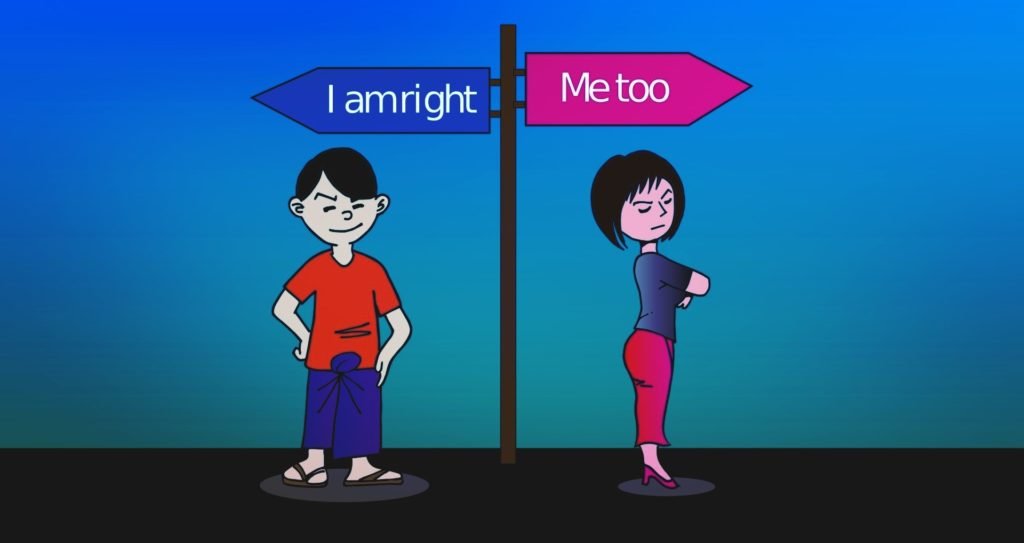Learn, What are the Strategies of Conflict Management? Explaining!
Conflict Management is the practice of being able to identify and handle struggles with a fair, efficient and efficient way. Since collision in a business is a natural part of the workplace, it is important that there are people who understand the struggles and know how to solve them. It is more important than ever before in today’s market. Everyone is trying to show how much they work for a valuable company, and occasionally, this may lead to a dispute with other members of the team. Also learn, the Conflict in Organizations or Organizational, What are the Strategies of Conflict Management?
What is conflict management? Conflict Management is the process of limiting the negative aspects of the conflict while increasing the positive aspects of the conflict. The purpose of conflict management is to learn, including the effectiveness or performance in an organizational setting and to increase the results of the group. Properly managed conflict groups can improve the results. What is the Deductive Method of Economics?
The Strategies of Conflict Management!
In any situation involving more than one person, conflict can arise. The causes of conflict range from philosophical differences and divergent goals to power imbalances. Unmanaged or poorly managed conflicts generate a breakdown in trust and lost productivity. For small businesses, where success often hinges on the cohesion of a few people, loss of trust and productivity can signal the death of the business. Conflicts happen. How an employee responds and resolves conflict will limit or enable that employee’s success. With a basic understanding of the five conflict management strategies, small business owners can better deal with conflicts before they escalate beyond repair.
Here are five conflict styles or strategies that a manager will follow according to Kenneth W. Thomas and Ralph H. Kilmann:
Accommodating!
The accommodating strategy essentially entails giving the opposing side what it wants. The use of accommodation often occurs when one of the parties wishes to keep the peace or perceives the issue as minor. For example, a business that requires formal dress may institute a “casual Friday” policy as a low-stakes means of keeping the peace with the rank and file. An accommodating manager is one who cooperates to a high degree. This may be at the manager’s own expense and actually work against that manager’s own goals, objectives, and desired outcomes. This approach is effective when the other person is the expert or has a better solution. Employees who use accommodation as a primary conflict management strategy, however, may keep track and develop resentment.
Avoiding!
The avoidance strategy seeks to put off conflict indefinitely. By delaying or ignoring the conflict, the avoider hopes the problem resolves itself without a confrontation. Those who actively avoid conflict frequently have low esteem or hold a position of low power. Avoiding an issue is one way a manager might attempt to resolve the conflict. This type of conflict style does not help the other staff members reach their goals and does not help the manager who is avoiding the issue and cannot assertively pursue his or her own goals. However, this works well when the issue is trivial or when the manager has no chance of winning. In some circumstances, avoiding can serve as a profitable conflict management strategy, such as after the dismissal of a popular but unproductive employee. The hiring of a more productive replacement for the position soothes much of the conflict.
Collaborating!
Collaboration works by integrating ideas set out by multiple people. The object is to find a creative solution acceptable to everyone. Collaboration, though useful, calls for a significant time commitment not appropriate to all conflicts. Collaborating managers become partners or pair up with each other to achieve both of their goals in this style. This is how managers break free of the win-lose paradigm and seek the win-win. This can be effective in complex scenarios where managers need to find a novel solution. For example, a business owner should work collaboratively with the manager to establish policies, but collaborative decision-making regarding office supplies wastes time better spent on other activities.
Compromising!
The compromising strategy typically calls for both sides of a conflict to give up elements of their position in order to establish an acceptable, if not agreeable, solution. This strategy prevails most often in conflicts where the parties hold approximately equivalent power. This is the lose-lose scenario where neither person nor manager really achieves what they want. This requires a moderate level of assertiveness and cooperation. It may be appropriate for scenarios where you need a temporary solution or where both sides have equally important goals. Business owners frequently employ compromise during contract negotiations with other businesses when each party stands to lose something valuable, such as a customer or necessary service. What are the Strategies for Management Conflict in Organizations?
Competing!
Competition operates as a zero-sum game, in which one side wins and other loses. Highly assertive personalities often fall back on competition as a conflict management strategy. The competitive strategy works best in a limited number of conflicts, such as emergency situations. This is the win-lose approach. A manager is acting in a very assertive way to achieve his or her own goals without seeking to cooperate with other employees, and it may be at the expense of those other employees. This approach may be appropriate for emergencies when the time is of the essence. In general, business owners benefit from holding the competitive strategy in reserve for crisis situations and decisions that generate ill-will, such as pay cuts or layoffs.







